Water treatment equipment is essential for almost every industrial facility in Vietnam, whether for preparing water for specific processes (process water), ensuring efficient operation of equipment (boiler feed, cooling towers), or treating wastewater before discharge to meet environmental regulations.
Given the location (Hanoi, Hung Yen, Vietnam) and the increasing focus on environmental protection, water treatment is a critical investment for industrial enterprises.
I. Types of Industrial Water Treatment Equipment
Industrial water treatment can be broadly categorized into three main areas:
A. Raw Water Treatment (Influent Treatment): This involves treating incoming water (from rivers, groundwater, municipal supply) to make it suitable for specific industrial processes.
- Screens (Coarse & Fine): Remove large debris (leaves, sticks, plastic) to protect downstream equipment.
- Grit Chambers/Separators: Remove heavier inorganic solids like sand and gravel.
- Coagulation & Flocculation:
- Equipment: Rapid mixers, flocculators, clarifiers (sedimentation tanks).
- Process: Chemicals (coagulants like alum or ferric chloride) are added to neutralize charges on suspended particles, causing them to clump together (flocs). Gentle mixing (flocculation) promotes larger floc formation, which then settles in clarifiers.
- Filtration:
- Equipment: Sand filters, multi-media filters (sand, anthracite, garnet), activated carbon filters, cartridge filters.
- Process: Removes suspended solids, turbidity, and some organic matter. Activated carbon also removes chlorine, odors, and certain organic compounds.
- Softening (Hardness Removal):
- Equipment: Ion exchange softeners (resin beds).
- Process: Removes hardness-causing ions like calcium and magnesium, which cause scaling in boilers and cooling towers.
- Disinfection:
- Equipment: Chlorine dosing systems, UV disinfection units, Ozone generators.
- Process: Kills or inactivates harmful microorganisms.
- Deionization (DI) / Demineralization (DEMI):
- Equipment: Ion exchange columns (cation and anion resins), Mixed-bed DI units.
- Process: Removes all dissolved mineral salts, producing high-purity water for sensitive applications like boiler feed water, electronics manufacturing, or pharmaceutical processes.
- Reverse Osmosis (RO):
- Equipment: RO membrane units, high-pressure pumps.
- Process: Uses a semi-permeable membrane to remove dissolved salts, organic compounds, bacteria, and other impurities by applying pressure. Highly effective for producing high-purity water (demineralized) for boiler feed, process water, or even desalination.
- Ultrafiltration (UF) / Nanofiltration (NF) / Microfiltration (MF):
- Equipment: Membrane units.
- Process: Membrane-based filtration processes that remove increasingly smaller suspended solids, colloids, bacteria, and some viruses, acting as pre-treatment for RO or for specific process water needs.
- Deaerators:
- Equipment: Deaerator tanks (pressurized or vacuum types).
- Process: Removes dissolved oxygen and carbon dioxide from boiler feed water, preventing corrosion in boilers and steam lines.
B. Wastewater Treatment (Effluent Treatment): This involves treating water that has been used in industrial processes (effluent) before it is discharged to the environment or reused. Vietnam has stringent regulations (like the new QCVN 40:2025/BTNMT for industrial wastewater, effective Sept 1, 2025) that necessitate robust wastewater treatment.
- Preliminary Treatment:
- Equipment: Screens, grit chambers.
- Process: Removes large, settleable, and floating solids.
- Primary Treatment:
- Equipment: Primary clarifiers/sedimentation tanks, DAF (Dissolved Air Flotation) units.
- Process: Removes suspended solids and some organic matter through gravity settling or flotation. Chemical coagulation/flocculation is often applied here.
- Secondary Treatment (Biological Treatment):
- Equipment: Aeration tanks (for activated sludge process), bioreactors (MBR, SBR, trickling filters), clarifiers.
- Process: Uses microorganisms to break down dissolved and colloidal organic pollutants.
- Membrane Bioreactors (MBR): Combine biological treatment with membrane filtration, producing a higher quality effluent and reducing footprint.
- Tertiary Treatment (Advanced Treatment):
- Equipment: Sand filters, activated carbon filters, Reverse Osmosis (RO), UV disinfection, advanced oxidation processes (AOPs), ion exchange.
- Process: Removes remaining suspended solids, nutrients (nitrogen, phosphorus), heavy metals, specific organic pollutants, and pathogens to meet stringent discharge standards or for water reuse.
- Zero Liquid Discharge (ZLD): Advanced systems (evaporators, crystallizers) designed to treat wastewater to the point where no liquid effluent is discharged, allowing for maximum water reuse and solid waste recovery.
- Sludge Management:
- Equipment: Thickeners, digesters (anaerobic/aerobic), dewatering equipment (belt filter presses, screw presses, centrifuges).
- Process: Treats the solid by-product (sludge) from various treatment stages to reduce volume, stabilize organic matter, and prepare for disposal or beneficial reuse.
C. Specialized Process Water Treatment:
- Boiler Feed Water Treatment: Essential to prevent scaling, corrosion, and carryover in boilers. Typically involves softening, dealkalization, deaeration, demineralization (DI/RO), and chemical conditioning.
- Cooling Tower Water Treatment: Prevents scaling, corrosion, biofouling, and reduces water consumption. Involves filtration, softening, chemical dosing (biocides, corrosion inhibitors, scale inhibitors), and side-stream filtration.
- Effluent Polishing & Reuse: Treating wastewater to a quality suitable for non-potable uses like irrigation, cooling tower makeup, or even some process applications, reducing fresh water demand.
II. Regulations and Compliance in Vietnam (Hanoi, Hung Yen)
Environmental regulations in Vietnam, particularly concerning water quality, are becoming increasingly strict. Companies operating in Hanoi, Hung Yen, and throughout Vietnam must comply with:
- Law on Environmental Protection 2020: The overarching legal framework.
- Decree No. 08/2022/ND-CP: Details on the implementation of the LEP, including environmental permits and environmental impact assessment (EIA) requirements.
- Circular 06/2025/TT-BTNMT (Effective Sept 1, 2025): Introduces QCVN 40:2025/BTNMT (National Technical Regulation on Industrial Wastewater). This new regulation replaces previous standards and introduces:
- Three categories (A, B, C) for discharge destinations with different permissible pollutant values. Category A is for discharge into water sources used for domestic supply, demanding the highest quality effluent.
- Directly specified allowable pollutant levels, removing the need for complex Cmax calculations.
- Specific parameters for various industries (e.g., ammonia, mineral oil for electronics/machinery manufacturing; lead for battery manufacturing).
- QCVN 08:2023/BTNMT (National Technical Regulation on Surface Water Quality): Sets the quality standards for receiving water bodies.
- QCVN for Domestic Wastewater: For facilities with domestic wastewater discharge.
- Local Regulations: Provincial People’s Committees (e.g., Hung Yen) may issue additional, stricter local environmental standards or specific requirements for industrial zones.
- Environmental Impact Assessment (EIA) and Environmental Licenses: New projects or significant expansions require an EIA report to be approved and an environmental license obtained, which includes detailed plans for water treatment.
Key Trends in Vietnam:
- Stricter Discharge Limits: The trend is towards lower permissible concentrations of pollutants.
- Increased Monitoring and Enforcement: Authorities are enhancing their capacity for environmental monitoring and imposing stricter penalties for non-compliance.
- Push for Water Reuse: Encouragement for industries to treat and reuse water to conserve resources and reduce discharge volumes.
- Advanced Technologies: Growing adoption of more advanced treatment technologies (like MBR, RO, ZLD) to meet stringent standards and for water reuse.
- Digitalization: Increasing use of AI and IoT for real-time monitoring and optimization of water treatment systems.
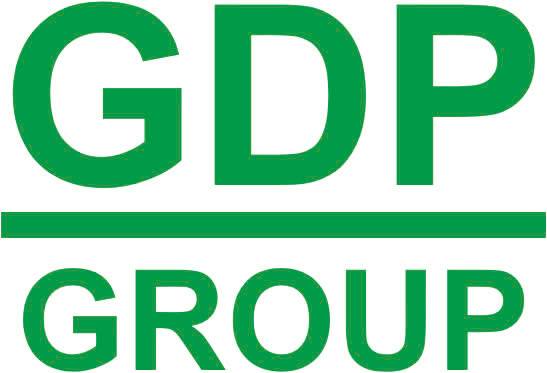
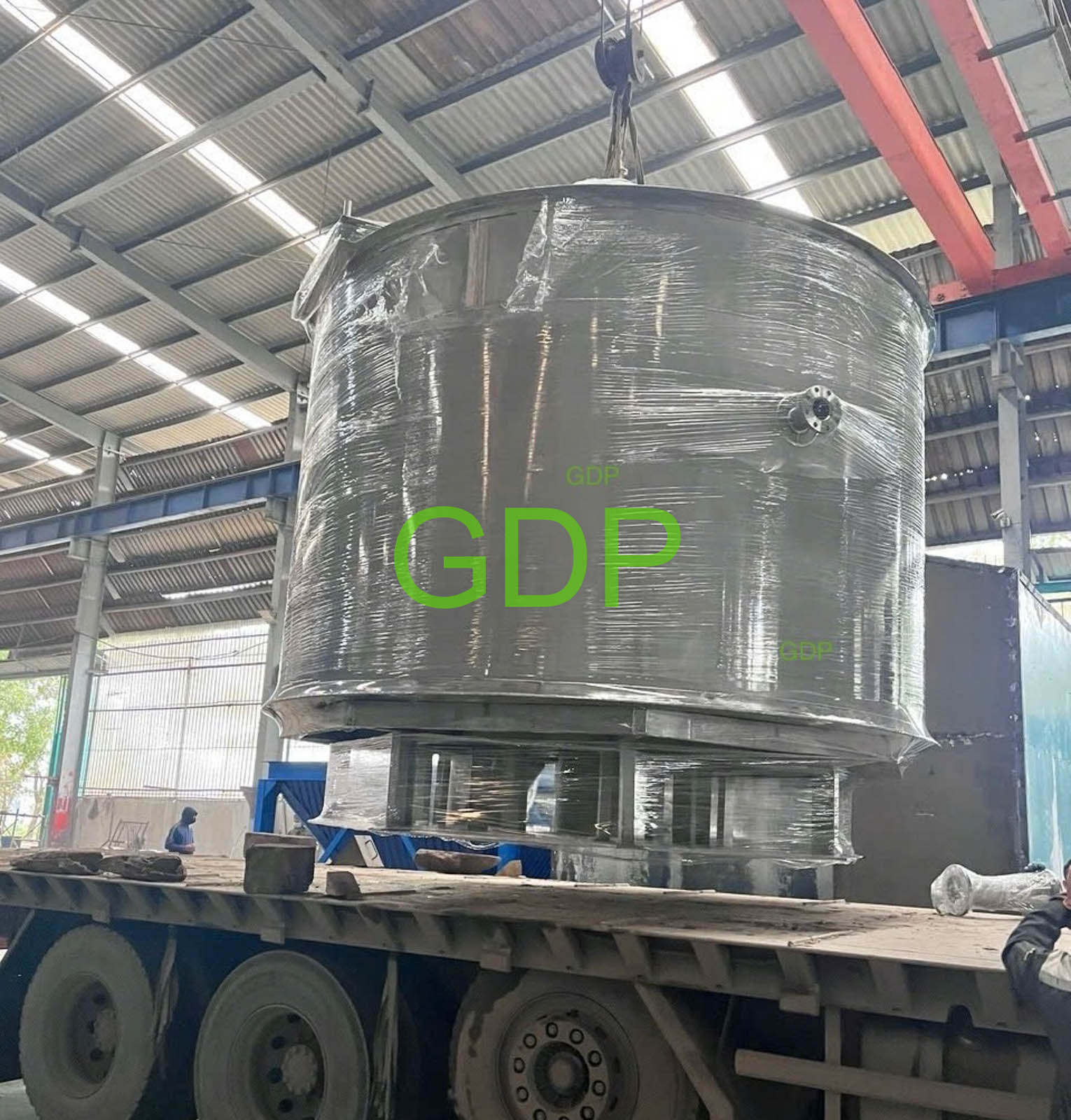
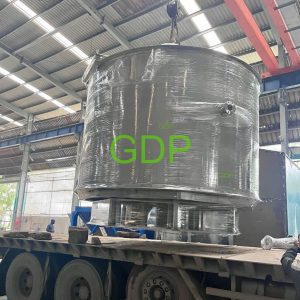
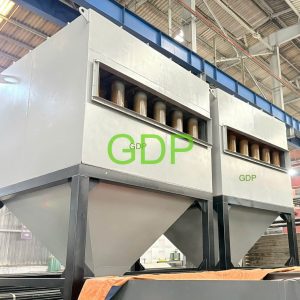
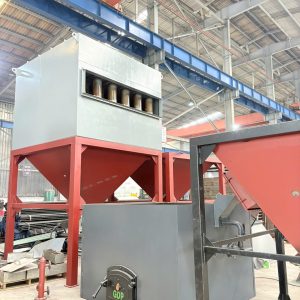




Đặt câu hỏi